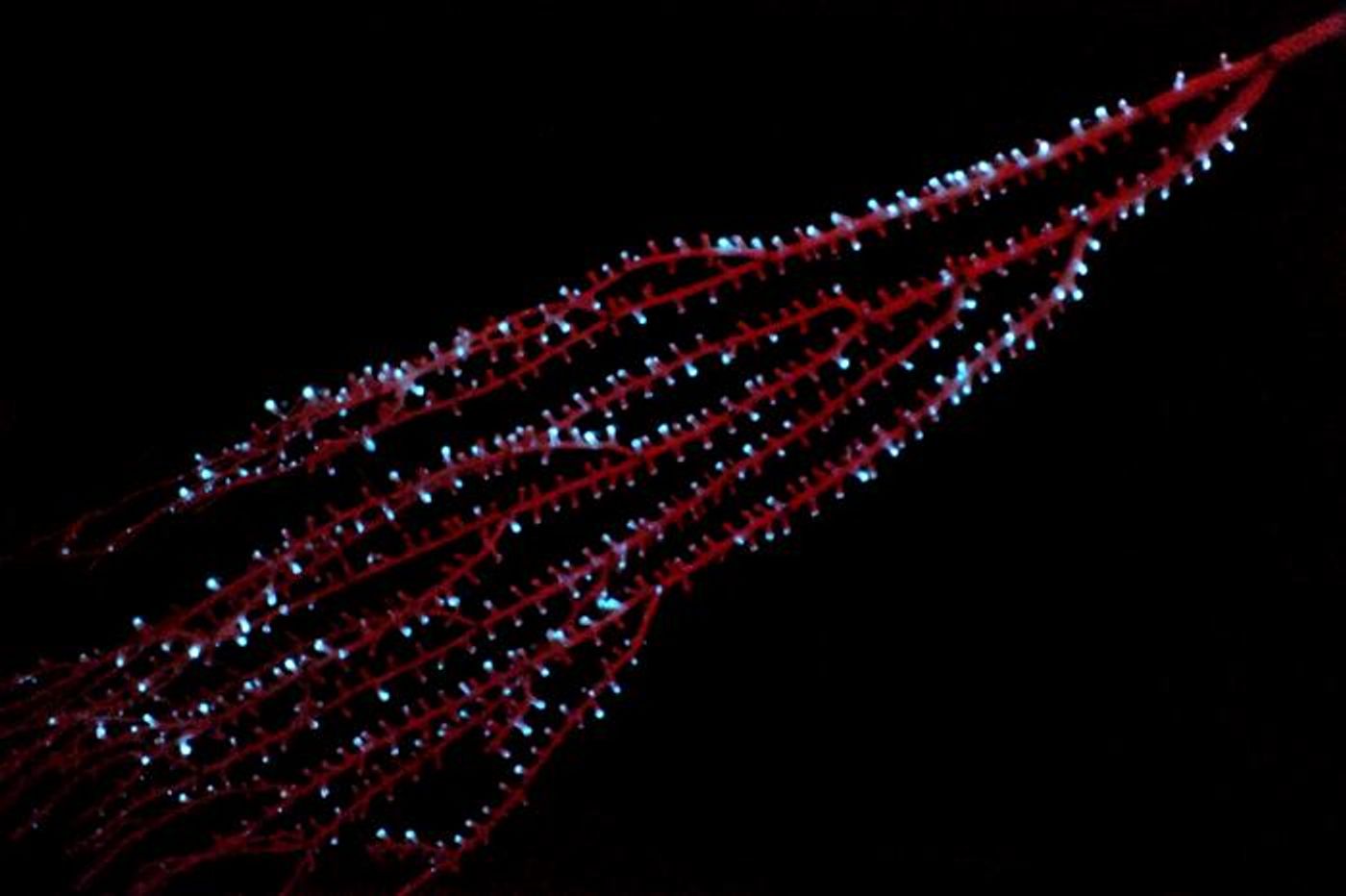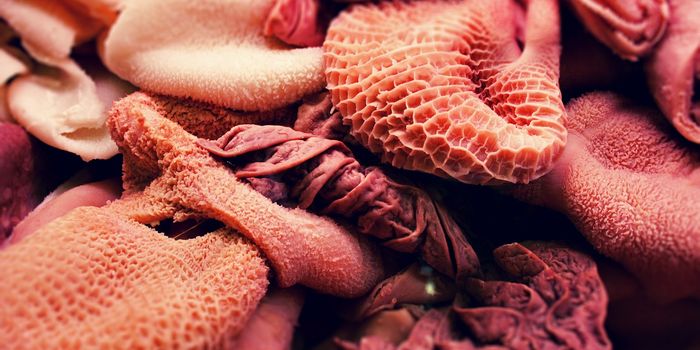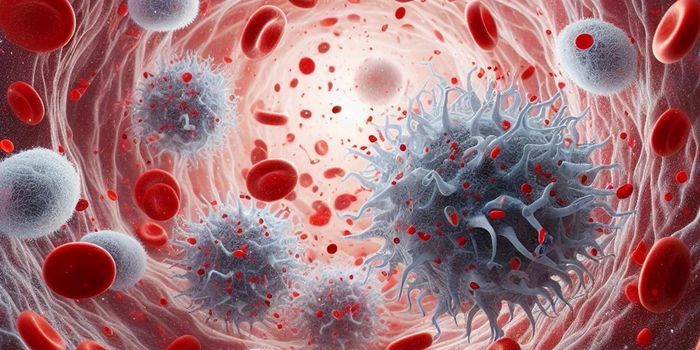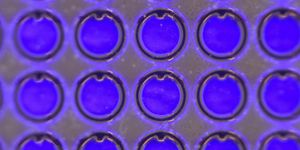Bioluminescence is Even Older Than We Knew
Some creatures glow naturally, in a phenomenon known as bioluminescence. It's thought that this trait has evolved independently in various animals at least 94 times, and has been associated with a wide range of behaviors like communication, camouflage, and predation. Ostracods, which lived about 267 million years ago, were thought to be the oldest bioluminescent organisms But new research has displaced those crustaceans as the most ancient bioluminescent creatures. Reporting in the Proceedings of the Royal Society B: Biological Sciences, researchers have discovered that octorals, which are marine invertebrates that lived about 540 million years ago, are now the oldest known bioluminescent organism.
Scientists are interested in why this trait has arisen. "Nobody quite knows why it first evolved in animals," noted senior study author Andrea Quattrini, the curator of corals at The Smithsonian Museum of Natural History. But learning why can also mean finding the first animals with this feature.
Octocorals are ancient creatures that form colonial polyps, and include soft corals, sea fans, and sea pens; many members of this group are still around today. They generate a kind of architecture that they use as a habitat, making them a bit like hard corals. However, octocorals are usually soft, and they glow when disturbed or jostled.
Since octocorals are the oldest animals that bioluminesce, the scientists wanted to determine when this ability arose, noted first study author Danielle DeLeo, a museum research associate and former postdoctoral scientist.
An evolutionary history of octocorals was recently created by Quattrini and colleagues, using genetic data from 185 octocoral species.
With several different statistical methods, the investigators used that genetic history to reconstruct the ancestry of bioluminescence in octocorals, including tiimelines. All of the statistical models arrived at the same result: 540 million years ago, there was an organism that is the common ancestor of all octocorals, and it is very likely to have been bioluminescent.
Since there are still over 3,000 members of this group alive today, the researchers suggested that bioluminescence has been a likely contributor to the evolutionary success of these creatures. Although scientists still do not know why octocorals are bioluminescent, the fact that it still exists indicates that it is important to the communication and survival of these animals,the researchers noted.
In most animals that are capable of bioluminescence, a chemical reaction is responsible, in which an enzyme called luciferase modifies a molecule called luciferin, and during this process, light is emitted.










